Act Now - Limited Time Offer
$67 Pest Control

Ty Archer
Pest Control Technician
Chris Mosby
Pest Control Technician
Mackenzie Keene
Office Manager
The American dog tick, also called the wood tick, is common in most parts of the U.S., except the Rocky Mountain region. Brown with grayish-white markings, these ticks grow from 3/16” to 5/8” when engorged. They are oval and flat, with six legs as larvae and eight as adults.
They typically feed on dogs but can bite humans and spread diseases like Rocky Mountain spotted fever. They are most active during spring and early summer. Regularly checking pets and maintaining a well-kept lawn can reduce the likelihood of a tick infestation.
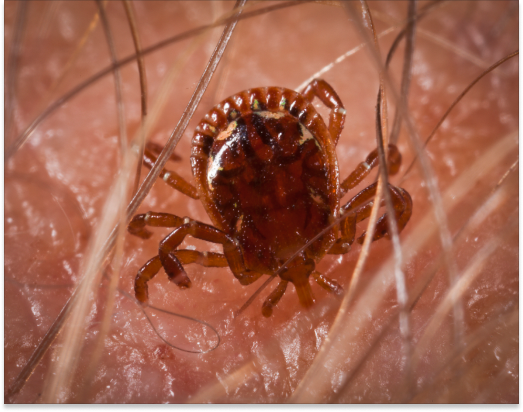
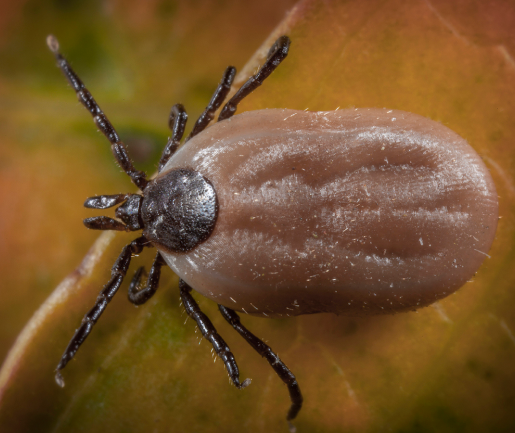
The Brown Dog Tick, recognized by its reddish-brown color, is commonly found on dogs and is widespread in warmer areas like California. Though they prefer dogs, they can bite humans if no canine hosts are available.
As adults, these ticks are about 1/8″ long, expanding to 1/2″ when fully engorged. They have six legs in the larval stage and eight legs as nymphs and adults. Prompt removal of these ticks from pets is vital to prevent health risks. Regularly inspect your pets and clean their surroundings to reduce the chances of infestations.
Pacific Coast ticks are often found in shrublands and along trails from Oregon to Baja California, including Otay Ranch. These ticks are most active in the cooler months, particularly in April and May. While adult ticks usually feed on large mammals like deer, cattle, and horses, they can also bite dogs and humans.
These ticks can spread diseases such as Rocky Mountain spotted fever, tularemia, and bovine anaplasmosis. Tick-bite paralysis in livestock is another risk. About 11% of adult ticks carry bacteria responsible for Pacific Coast tick fever, which can mimic the symptoms of Rocky Mountain spotted fever.
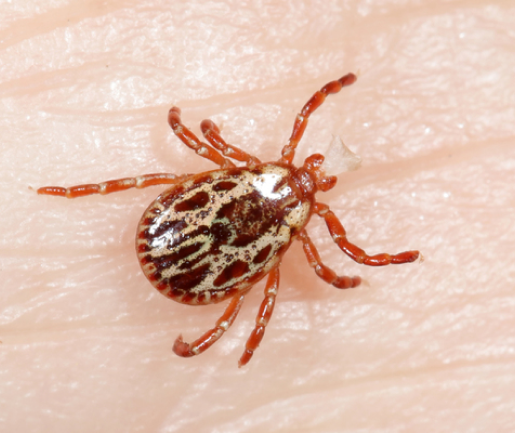
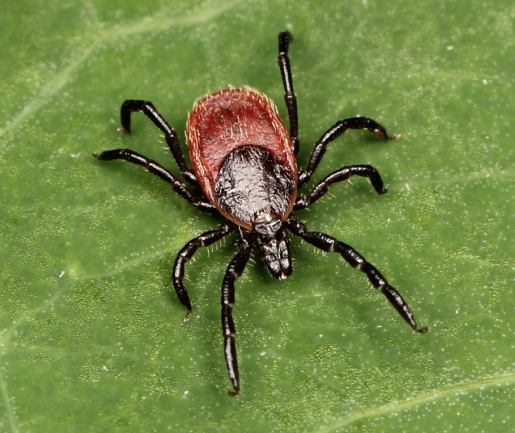
Western Black-Legged Ticks are common in the Pacific Coast regions and British Columbia, where they are the main vectors for Lyme disease. These ticks thrive in forests, grasslands, and near water sources, and can also be found in scrubby areas. They are closely related to the Eastern Black-Legged Tick but are predominantly found on the West Coast.
Adult ticks are most active from December through early summer, while nymphs peak during April, May, and June. Nymphs feed on small creatures like lizards and rodents, rarely targeting humans or pets. Yard maintenance and debris removal can help reduce the risk of tick infestations.


We start our tick control process by discussing whether you need indoor, outdoor, or both types of treatments. For families with pets, we typically recommend treating both areas to ensure comprehensive control. This allows us to customize a treatment plan that best suits your needs.
Our technician will then inspect your yard to find areas with heavy tick activity. We treat up to half an acre using moisture-activated granules that offer long-lasting protection. If your property exceeds this size, we can treat additional areas for a small fee. Indoors, we use a B&G sprayer to apply a targeted treatment. This method ensures effective tick control from the first treatment.
After your first tick treatment, we offer a free follow-up visit two weeks later to ensure no newly hatched ticks remain. Our technician will inspect both the treated indoor and outdoor areas to ensure full tick control.
We’ll reapply treatments as needed to break the tick life cycle and stop reinfestation. Our priority is to maintain a tick-free home and yard for the safety and comfort of your pets and family.

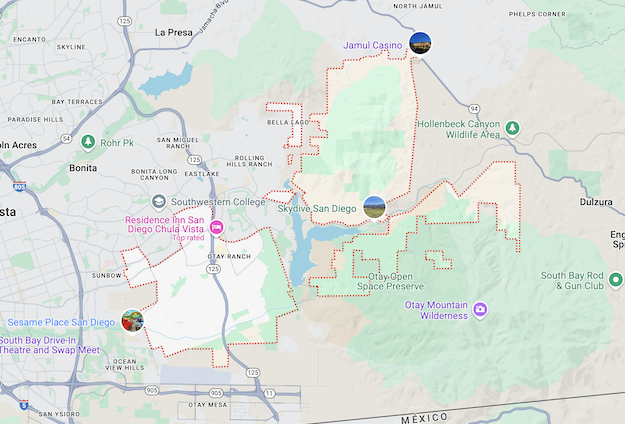
We’re committed to Otay Ranch and its neighboring regions. Our team works tirelessly to protect your homes and businesses from pests. We care deeply about these communities and strive to offer excellent service and dependable results.
Limited time offer! Get $50 off your first pest control service.

Barrier Services
Otay Ranch Office
© Otay Ranch Pest Control 2024